by Justin Mckibben | Jan 3, 2018 | Addiction, Addiction Treatment, Donald Trump, Drug Abuse, Drug Policy, Dual Diagnosis, Family, Fentanyl, Inpatient Treatment, Law Enforcement, Mental Health, News, PAARI, Prescription Drugs, Professionals, Recovery, Sobriety, Stigma, Synthetic Drugs
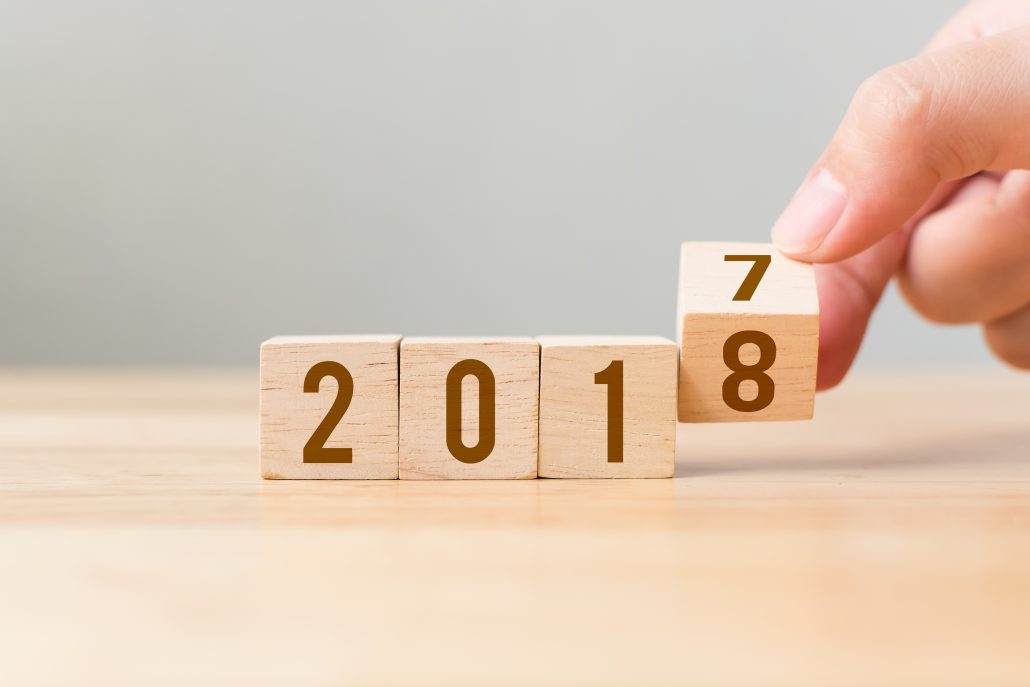
With the beginning of the new year, Palm Healthcare Company is looking forward to helping spread more exciting stories of experience, strength, and hope while also sharing important news stories and exciting new developments that relate to the world of addiction recovery and substance use disorder treatment. As we commit ourselves to another year of fighting alongside thousands of people working toward a better future, we would also like to take some time looking back on all the big moments in 2017 that we shared with our Palm Healthcare Company Blog.
-
President Trump Declares Public Health Emergency: What’s the Plan?
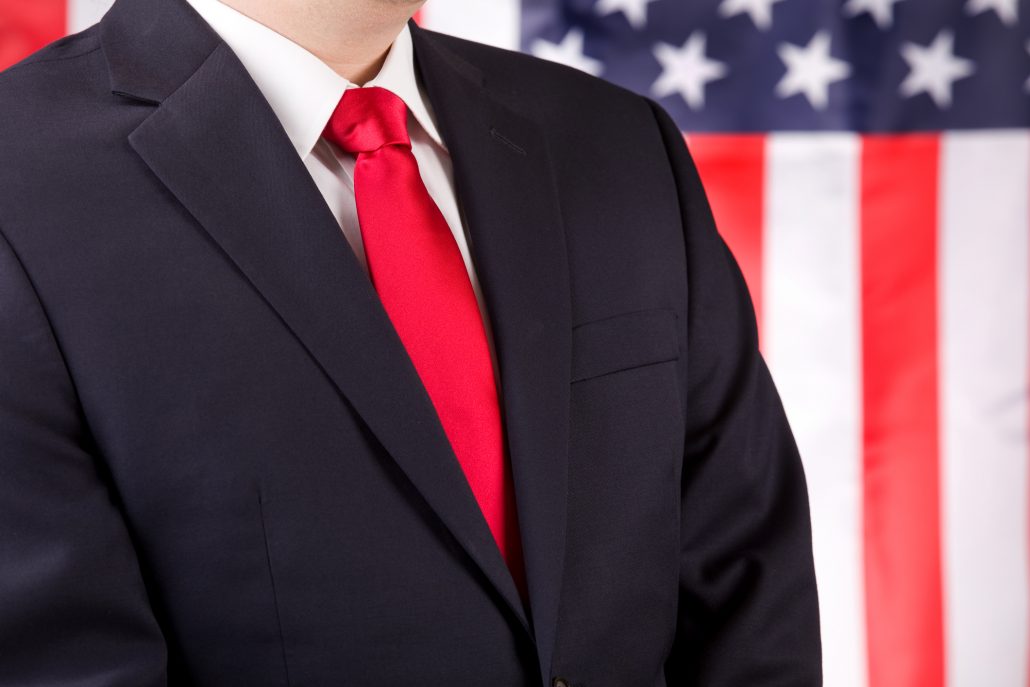
October of 2017, President Donald Trump made an announcement declaring the opioid crisis in America as a Public Health Emergency. This highly anticipated declaration was delivered in a way slightly different than many had expected, noting the technical differences between a Public Health Emergency and a National Emergency.
Many advocates were concerned that this announcement did not provide a concrete foundation for the necessary federal funding and did not initiate much-needed action, but others we assured that this means the Trump administration was taking this issue very seriously. In this article, we took a look at what this announcement did actually accomplish, and what it failed to deliver on.
-
Racketeering for Fentanyl: Opioid Maker Insys Founder Arrested for Bribes
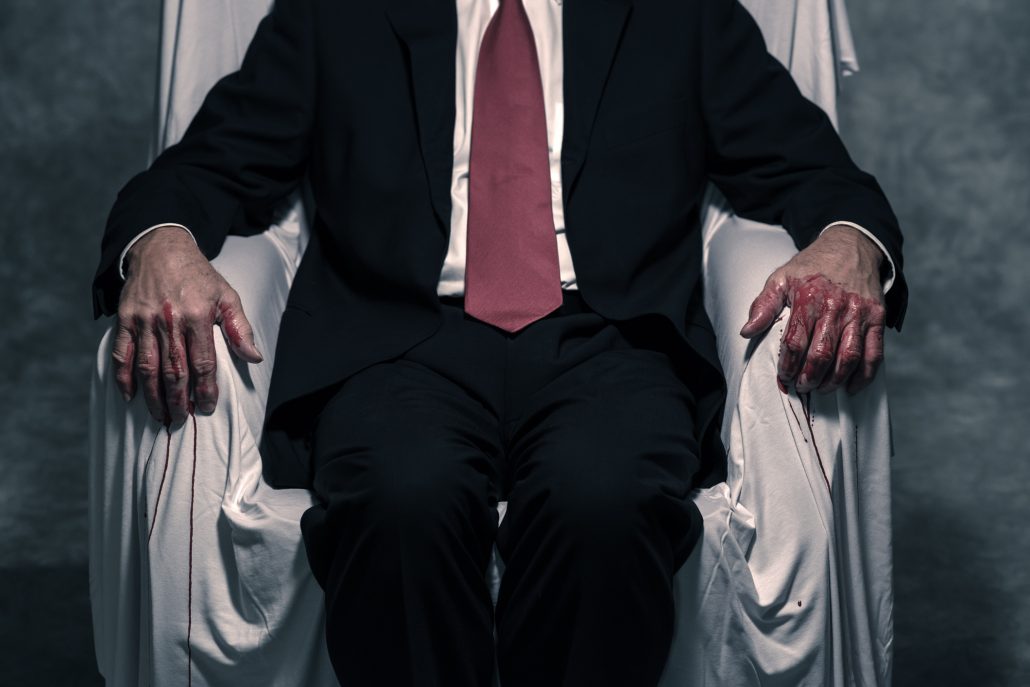
A huge development to another story came in late 2017 when John Kapoor, former CEO of Insys Therapeutics and founding father of one of the most prominent opioid manufacturers in the country, was arrested and charged with conspiring to push the signature drug of Insys Therapeutics, a Fentanyl spray called Subsys, for unacceptable uses through bribes and kickbacks.
The Palm Healthcare Company blog notes how back in 2016 the Justice Department reported to be charging 6 former executives and sales-managers of Insys Therapeutics for conspiring to defraud health insurers.
When looking at the details in this story, it has intensified the conversation about Big Pharma involvement in the epidemic
-
Can Kellyanne Conway Really Compete with the Opioid Crisis?

Not too long after President Trump’s declaration of a Public Health Emergency pertaining to the opioid crisis, Kellyanne Conway was announced as leading the charge on the White House’s efforts for addressing the opioid epidemic.
This Palm Healthcare Company blog saw a lot of comments!
While some find that having a high-profile figure at the head of the efforts gives validity to the White House’s commitment to solving the opioid issue in America, many others are speaking out in frustration. Those in opposition to this appointment say that while she may be useful as a counselor or pollster, she has no experience of expertise when it comes to drug abuse, addiction or substance use disorder treatment.
Thus far the one thing both Kellyanne and the President seem adamant about is a media campaign, but advocates are still afraid this is more “Just Say No” and not enough support for effective resources.
-
After Las Vegas Shooting: PTSD and Mental Health Must be Priority

In early October of 2016, the nation was shaken to its core when Las Vegas had one of the deadliest shootings in modern American history. This horrific tragedy flooded newsrooms and live viral footage with the country watching in shock as a gunman killed 58 people and injured 546 more at an outdoor music festival.
In the aftermath of this terrible and heartbreaking incident, our Palm Healthcare Company blog took a look at how such traumatic experiences impact people, and about the importance of those who struggle with Post-traumatic Stress Disorder (PTSD) getting proper diagnosis and care.
At a time when so many people are self-medicating with dangerous or even deadly narcotics, it is important to care for those most vulnerable, especially after such an earth-shattering experience.
-
Police Helping Addicts into Treatment is a Growing Trend Saving Lives

In August of 2017, we took a look back at several programs that had come to light all over the country based on Police Departments working with their communities to offer drug users the chance to get help with addiction treatment instead of being arrested and charged.
The pioneering program came from Gloucester Police Department in Massachusetts back in 2015. This program allowed users to ask police for help, and told addicts they could submit drugs to local law enforcement without fear of being arrested if they were willing to seek treatment. A 2016 study showed that this program was experiencing some impressive success.
Police departments in a number of other states were inspired by this and took up similar programs as a way to help their communities fight the addiction outbreak.
The Palm Healthcare Company blog took a close look at a handful of these programs to celebrate their compassion and success.
-
Sterilized for Cash: This Woman Pays Drug Addicts to Not Have Kids

Pregnant lady’s stomach and her hand holding dollar over black background
When we posted this Palm Healthcare Company blog we saw a great deal of debate in the comments on our Facebook. For over 20 years, Barbara Harris has driven across the country using cash to ask addicted women to give up their fertility. To date, the organization has paid over 7,000 people.
The controversy around such a powerful story had some people showing a great deal of support for someone giving addicted women an incentive to not get pregnant, while other people were appalled and angered that someone would entice desperate women who are not in the right mindset to make such dramatic and life-altering decisions with their bodies.
-
What Chester Bennington Taught Us about Addiction and Depression
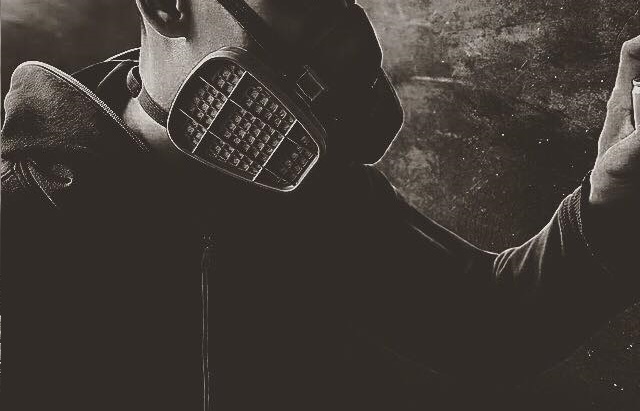
(This content is being used for illustrative purposes only; any person depicted in the content is a model)
In July of 2017, the world lost a great artist and inspirational musician with the death of Chester Bennington, the lead singer of the band Linkin Park.
Initial reports were that Bennington had died from suicide by hanging, with later reports indicating that Chester had been drinking at the time of his death. The vocalist had been open about his struggles with depression and drug addiction over the years, and in this article, we took a look at just how much Chester Bennington could teach us about the devastation of depression and addiction.
-
Dear Media, Thank You for Bad Press

South Florida has been under a great deal of scrutiny recently, specifically concerning the issues facing the recovery community such as unethical and illegitimate sober home operators in the area. In June, there was a Megyn Kelly NBC News Investigation which focused in on Delray Beach, Florida and some of the big problems concerning unscrupulous activities from corrupt individuals exploiting drug addicts in need of help.
We took this time to look over some of the bigger stories concerning the illicit activities in South Florida with the recovery industry while showing support and gratitude for all those working together to try and put an end to operators who are taking advantage of people in need of help.
-
Palm Healthcare Measures Up to Addiction Treatment Outline for EAP
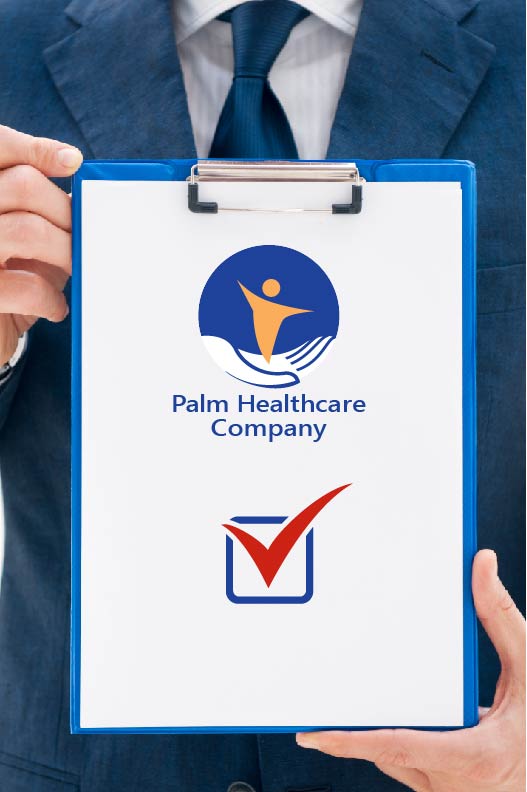
In September of 2017, we took a very close look at an article written by the Journal of Employee Assistance that was designed to help Employee Assistance Programs (EAPs) find the right kind of addiction treatment programs to recommend to their clients.
The outline given for EAPs to find effective and reliable addiction treatment options gives a list of things to look for. The Palm Healthcare Company blog was happy to show off just how all of our facilities measure up to these crucial standards.
Keep an Eye Out for More
Palm Healthcare Company continues to try and share every treatment development, news story or exciting innovation on our blog to not only help more people learn and raise awareness but to offer some perspective and maybe ask some new questions.
Whether it is sports, celebrities, news or politics we are committed to talking about important stories that pertain to drug policy in America, substance use disorder, mental health, and personal wellness. We will continue to touch on the top stories of 2018 to spread the word and hopefully inspire more people to get involved in these crucial conversations.
2017 was an intense, innovative and inspiring year. Here is to hope for 2018.
Holistic addiction treatment means incorporating every aspect of life for each individual with personalized opportunities for lasting recovery. So every bit of information can help anyone make a more comprehensive decision about what kind of recovery plan they want. If you or someone you love is struggling, please call toll-free now.
CALL NOW 1-888-922-5398
by staff | Oct 3, 2017 | Addiction Stigma, Addiction Treatment, Drug Policy, Dual Diagnosis, Inpatient Treatment, Law Enforcement, Naloxone, Narcan, PAARI, Stigma
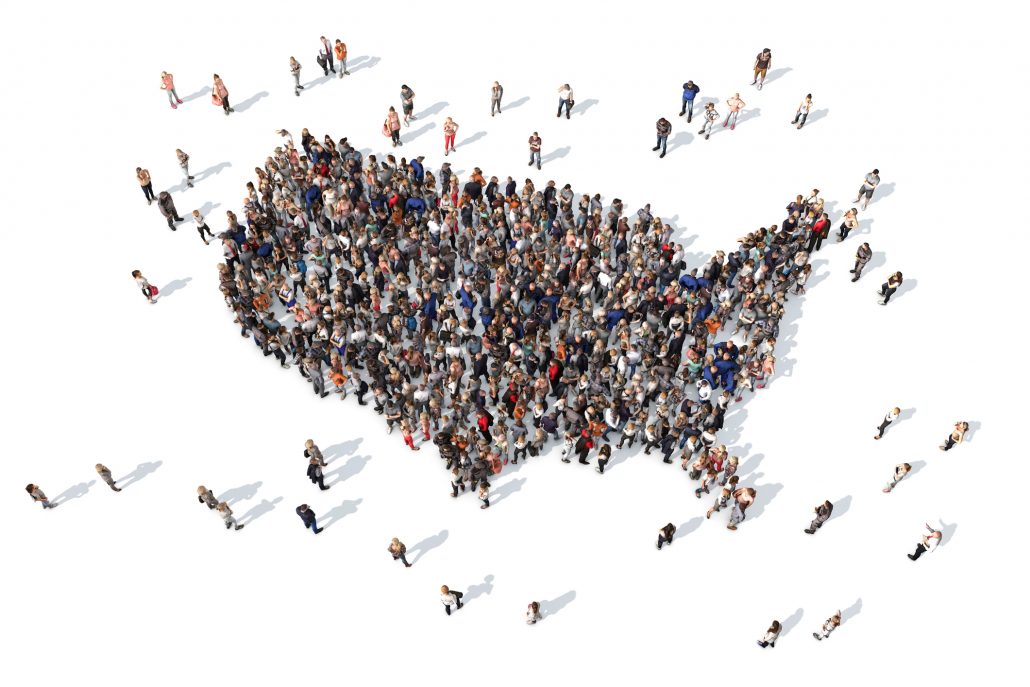
Drug overdoses killed 64,000 Americans last year. That is an increase of more than 20% than the overdose deaths in 2015. Those numbers have nearly quadrupled since 2000. Now nearly two-thirds of overdose deaths are from by opioids. Some are from prescription opioids; others are from illicit heroin or synthetics like fentanyl.
However, some are concerned that the action we have seen thus far is too little too late. The president’s 2018 budget only increases addiction treatment funding by less than 2%. That already includes the $500 million appropriated by Congress in 2016 under the 21st Century Cures Act. So needless to say, many recovery advocates worry that the resources are just not going to be enough.
If we look at the recommendations of the president’s opioid commission, and at other initiatives that have started to gain some traction across the country, we can find patterns. There are some concepts that consistently show up, and perhaps if we focus on these similarities, we can see why so many minds are thinking alike.
So here are 5 big ways America can overcome the opioid epidemic.
-
Break the Stigma
In order to accomplish most of the things on this list, America first has to consistently fight to break the stigma of drug use and addiction. Misunderstanding what addiction is and how it happens only undermines progress to addressing it. If America hopes to overcome the opioid crisis, we have to be more willing to see it for what it is.
Right now the issue of addiction stigma is still a big deal. While we may have come a long way from how it was decades ago, there are still a lot of people who refuse to consider addiction as an illness. A lot of people still refuse to acknowledge the various factors that contribute to addiction, such as genetic predisposition and instead insist addiction is purely by choice.
If we can see how drug use affects people from all different walks of life, and for countless different reasons, we can then treat those suffering from more compassion. Finding more effective methods of treatment means having a better idea of what really causes addiction, and what feeds it.
-
Support PAARI, NOT Punishment
Speaking of compassion, supporting PAARI and not punishment is a perfect example of letting go of stigma to work toward saving lives.
It is about time that all of America realizes that the old ways of the failed War on Drugs do not work. Thankfully, it seems a lot more people across the country now understand that we cannot arrest our way out of this problem. Harsher punishments and severe sentences have not deterred addiction, they only support stigma.
Now in America, there are nearly 300 law enforcement agencies across 31 states that have Police Assisted Addiction and Recovery Initiative programs (PAARI). These PAARI programs offer treatment for drug users who come to authorities looking for a way out. Instead of fearing the threat of arrest, people struggling with substances are encouraged to reach out to law enforcement in order to be put in contact with treatment options or recovery networks.
This revolutionary new mindset was inspired by a department in Gloucester, Massachusetts not too long ago. So far these efforts appear to cost much less and with better results than efforts focused on punishing addicts.
-
Create Resources for Treatment
Today addiction medicine is an urgently needed specialty, but there is not much glory in it compared to other areas of medical work. One way the federal government could help create more resources for treatment is to provide tuition incentives for medical students to enter addiction-related specialties and work in underserved communities. By encouraging this kind of work, we further shed the stigma of addiction and shift the perspective to helping care for a vulnerable community.
But don’t just end with specialists.
By supporting things like Medicaid expansion, addiction and mental health treatment can be made available to more people who may not have access to healthcare under limited coverage. More state and federal funding can also be allocated by officials to help build or strengthen addiction treatment programs provided by the state.
-
Enforce Mental Health Parity
The Mental Health Parity and Addiction Equity Act of 2008 actually requires insurers provide equal benefits for mental health and addiction treatment that they do with other medical therapies or surgery. Thus, the law means to make discrimination against addicts by insurers illegal.
However, some insurers defy this law by imposing illogical treatment limits or tedious authorization requirements. In other words, insurance companies are finding ways to cheat the system in order to avoid paying for addiction and mental health treatment.
America and our government must to better to enforce mental health parity. If we want people to get the treatment they need, we have to protect their right to treatment and assure that insurance providers won’t be able to skip out on the bill.
According to John Renner, president of the American Academy of Addiction Psychiatry, between 50%- 70% of people with substance abuse problems also suffer from a mental health disorder such as:
- Depression
- Post-traumatic stress disorder (PTSD)
With mental health and addiction so closely related, making sure those struggling with opioids and other substances receive care for mental health disorders or other co-occurring conditions it vital to lasting recovery.
-
Preserve life
First and foremost; preserve life! This should always be a priority when facing any kind of epidemic. Regardless of the circumstances, the preservation of life should always be paramount. This is a discussion that has become crucial in the fight against opioids considering the need for life-saving medications and harm reduction tactics.
At the moment, first responders and emergency rooms do not have adequate access to Naloxone or Narcan, the opioid overdose antidote, to save lives. Both federal and state health agencies can negotiate pricing for naloxone and expand access. They can also encourage pharmacies that offer prescription-free access in some areas.
Another aspect of saving lives involves harm reduction strategies, which tend to be a little more controversial. Not everyone likes to support programs like safe injection sites or needle exchange programs. However, whether you think these programs enable addiction or not, these programs are proven to help preserve life. Between preventing the spread of infectious disease and providing a supported environment in case of overdose, these harm reduction models can prevent a lot of needless loss of life.
One indisputable precedence in the effort to overcome opioids is keeping people suffering alive long enough to get them treatment. The more people we can help survive opioid addiction, the more people have a chance of recovering.
Drug abuse and addiction is a devastating and deadly disease, and providing effective and compassionate treatment makes a lifelong difference. Part of solving the problem is changing the way we look at it and changing how we treat each other. If you or someone you love is struggling with substance abuse or addiction, please call toll-free now.
CALL NOW 1-888-922-5398
by Justin Mckibben | Aug 1, 2017 | Addiction Treatment, Drug Abuse, Drug Policy, Inpatient Treatment, Law Enforcement, PAARI, Recovery, Vivitrol

Against the back-drop of divisiveness about the relationship between the public and law enforcement, it is important to recognize the police departments and citizens working together to triumph over the greatest obstacles our communities face. All across America the words ‘protect and serve’ still mean something, and many of the brave men and women behind the badge are fighting to help addicts get a second chance.
The Gloucester Police Department in Massachusetts set an inspiring new precedence back in 2015 when they began an initiative to allow drug users come to the police to ask for help. Users were told they could submit drugs to local law enforcement without fear of punitive action, and ask for help getting into inpatient treatment. This amazing shift in approach created a new sense of compassion for the addicts struggling to get clean, setting up a new system to try and heal the community instead of punish it. Police helping addicts into treatment has since become a growing trend in several states as more and more officials realize that the old ways aren’t really working.
A study published December of 2016 in The New England Journal of Medicine found the Gloucester program was showing admirable success.
Community advocates, police officers and political officials across America have begun modeling new programs after this approach, while others are pushing for similar opportunities. Some of these programs have been especially successful, while others have not been particularly sought after. Checking in on the way different areas are handling the opioid crisis and overdose outbreak, these initiatives make us believe there is still hope on the horizon.
Programs with Police Helping Addicts into Treatment
Let’s look at some of the programs that have adopted this new approach to supporting their suffering neighbors instead of trying to punish their way out of the problem.
-
Safe Passage
The Safe Passage program was also started 2 years ago by the Police Department of Dixon, Illinois. Since then it has extended to a few other close by counties. Safe Passage has helped place 170 people into treatment, and so far the Police Chief Danny Langloss reports that more than half of those who got access to treatment through the program have had success after rehab.
Chief Langloss claims that in 2016, misdemeanor and felony drug arrests dropped by 39%, and he believes Safe Passage had a lot to do with it.
-
A Way Out
Police helping addicts into treatment in Lake County have joined forces from several areas to offer participants a change to receive addiction treatment. A Way Out launched a year ago, and according to their sources an average of around 12 people a month have reached out for help through the program. If this went on for a steady 12 months that means at least 144 people have been given a chance at getting help.
A Way Out accepts participants no matter where they live. According to Mundelein Police Chief Eric Guenther some families have brought their loved ones from different states to get access to treatment. Some instances there have even been individuals with criminal charges who have their warrants waived to enter the program.
-
Connect for Life
Naperville, Illinois also has a strong force of police helping addicts into treatment. Their version, called Connect for Life, directly connects individuals in need of treatment with social workers and recovering addicts who have stayed clean after treatment called ‘recovery liaisons’.
The idea here is to stay connected with each individual through the process of finding treatment, and beyond that to help them with finding sober homes, employment opportunities and other resources.
-
Kindness
Anaheim Police Department in California has its own program offering free treatment to any drug users willing to ask for help. Part of the Kindness initiative with police helping addicts into treatment is the offer to receive the Naltrexone implant, which is designed to block the effects of opioids and alcohol in the brain.
Law enforcement officials in Anaheim acknowledge that they cannot arrest away addiction. They are hopeful eliminating the fear of asking for help will be instrumental in saving more lives.
-
HOPE
In Nashville, North Carolina the Police Department started an initiative called HOPE, modeled after the Gloucester Police Department’s program. Since it launched back in February of 2016, about 172 people from multiple states have sought treatment through HOPE.
Again, police notice a profound impact on their community, crediting a 40% drop in crimes related to substance use disorder to the HOPE program.
-
Chatham Cares 4 U
A year ago in July, the Chathman, New York Police Department teamed up with PAARI to create the Chatham Cares 4 U Outreach Initiative Program. The police helping addicts into treatment urged their communities to feel safe coming to the police station to turn over drugs and paraphernalia, and to ask for help with treatment.
Chatham Cares 4 U and the success it has brought to the community has inspired other police departments in the state to create similar addiction recovery initiatives in their communities. Chathman Police Chief Volkmann also travels around New York to speak to police departments and other organizations about the program.
-
Safe Stations Program
In Maryland, Anne Arundel County Police and Fire Departments are collaborating with the Annapolis Police and Fire Departments to offer help to drug users in their area. The Safe Stations program launched in April of this year, opening the doors to the combined 38 stations for individuals seeking help with their addiction. Safe Stations was the first of its kind in Maryland, with locations open 24 hours a day, 365 days a year to people needing help.
In just the few months it has been open, this initiative of police helping addicts into treatment has already placed over 18 people into treatment.
The Police Assisted Addiction and Recovery Initiative
The PAARI program is a nationwide nonprofit organization that was started to support any local police departments in their efforts to work with opioid addicts. In the midst of the opioid epidemic there has been a massive movement toward innovative strategies for helping people, and the PAARI united after the Gloucester Police Department instituted their revolutionary program to focus on saving lives and changing them for the better.
The PAARI works with various elements across the country, including:
- The medical community
- Science-based recovery programs
- Police departments
PAARI is made up of private citizens, philanthropists, business owners, law enforcement leaders, and prominent members of the academic community who all share the same mission of helping those addicted to drugs in their area get the help they desperately need. PAARI coordinates with volunteers, corporate partners and treatment centers, along with police helping addicts into treatment.
The first annual report for the PAARI made a very exciting statement, saying:
“Communities that have joined PAARI have observed as much as a 25% reduction in crimes associated with addiction, cost savings by diverting people into treatment rather than triggering the criminal justice system, as well as an enormous increase in trust from their communities.”
Participants in the program speak in overwhelming praise of the PAARI program’s methods.
More Compassion Changing the World
While some people are still pushing the argument that ‘tough on crime’ and the War on Drugs are the best way to end the addiction issue, we have seen time and time again that we cannot punish and imprison our way out of addiction. Compassionate programs using community resources to help people get better instead of making their lives worse seems like a better way of taking care of each other.
We are happy to see so many police helping addicts into treatment all over the country, and we hope more communities chose to use resources to help those struggling find a chance to change their lives.
Palm Healthcare Company knows that compassion is a key element of comprehensive and effective care for substance abuse and addiction treatment. Our hope is that more community leaders, politicians and law enforcement officials continue working together to make everyone’s lives better. If you or someone you love is struggling, please call toll-free now.
CALL NOW 1-888-922-5398













